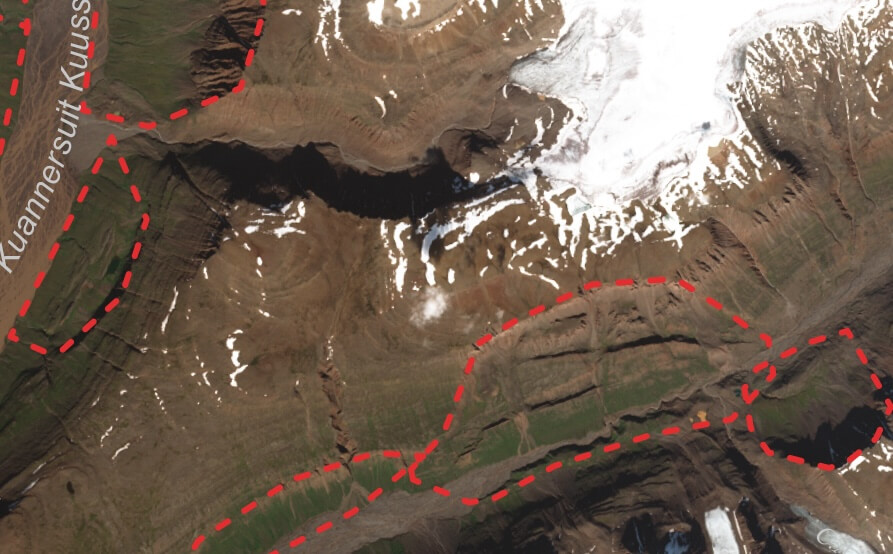
How to Cite
Share
Abstract
The landslide of 17 June 2017 in Karrat Fjord, central West Greenland, highlighted the need for a better understanding of landslides and landslide-generated tsunamis in Greenland and motivated a landslide screening project in 2018, led by the Geological Survey of Denmark and Greenland (GEUS; see also Svennevig et al. this volume). A central part of this project was to conduct a preliminary mapping of Quaternary and historical landslides in Greenland – the first effort of its kind. The main objective was to establish a landslide inventory database that can be used to identify areas prone to landslides and serve as a tool for gaining a better understanding of where, when and why catastrophic landslides take place in Greenland.
This paper describes the workflow used to produce the preliminary landslide inventory of Greenland and discusses some of the initial results. To date (June 2019), I have mapped 564 landslides with the vast majority situated in the Nuussuaq Basin between Sigguup Nunaa (Svartenhuk Halvø), and Qeqertarsuaq (Disko) in West Greenland (Fig. 1). The inventory mapping is mainly based on observations and analyses of remotely sensed imagery and pre-existing geological maps. The mapping coverage was not systematic for all of Greenland, but focused on postglacial, potentially tsunamigenic landslides in inhabited coastal regions, i.e. on relatively large landslides on coastal slopes, mainly in West Greenland and small areas of East Greenland. However, smaller and inland landslides were included when they were encountered. Similarly, the less inhabited parts of Greenland were provisionally screened, but call for more thorough, systematic mapping in the future.










